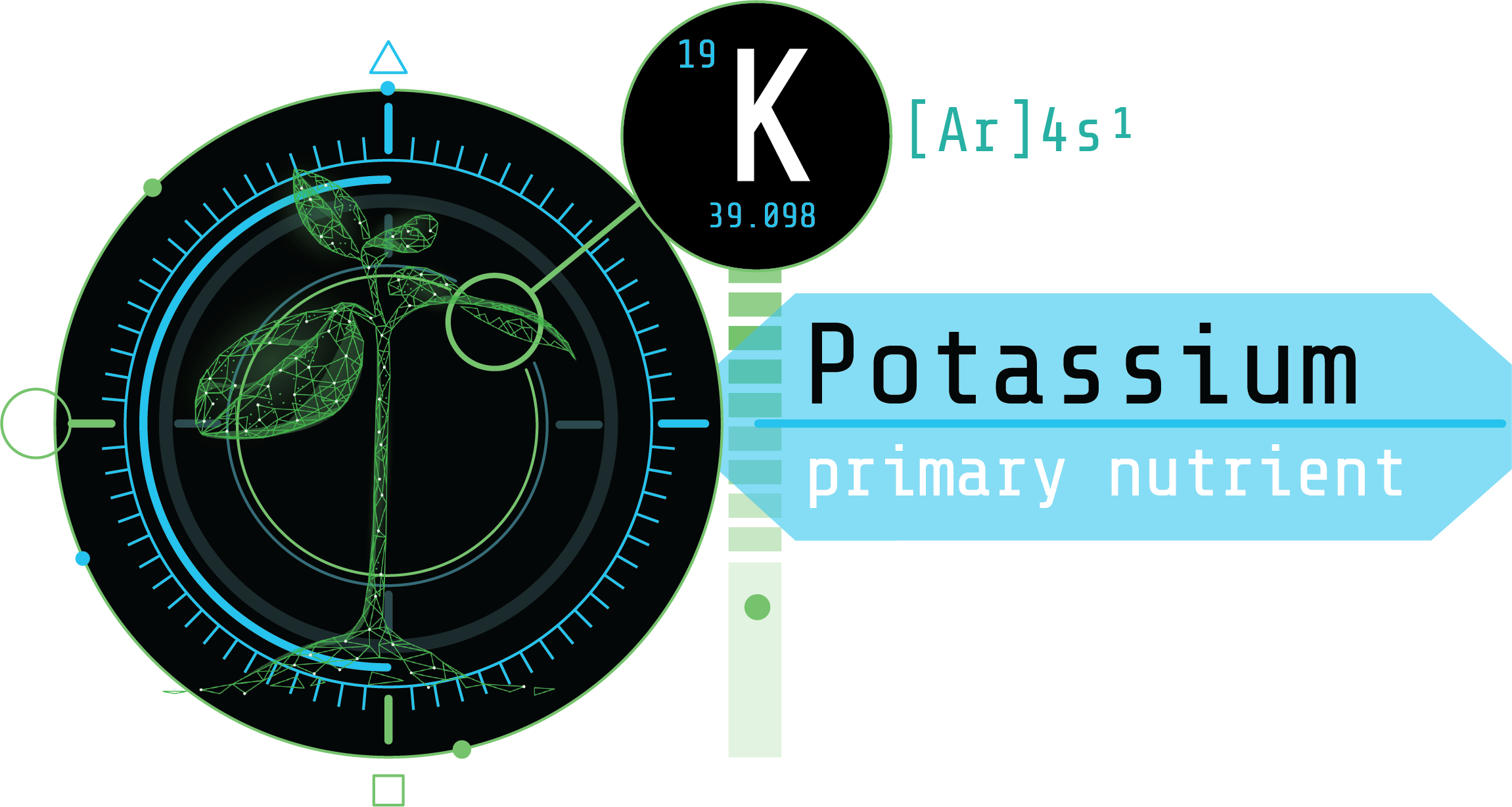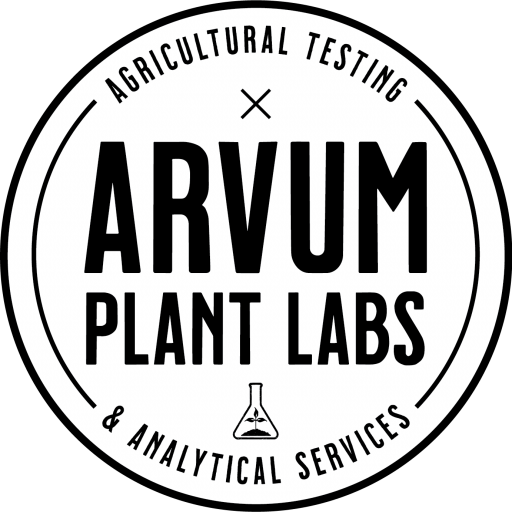Potassium: The Powerhouse Nutrient Behind Plant Vitality

Greetings, green thumbs and cultivators!
In the vast world of plant nutrition, certain elements steal the spotlight for their critical roles in fostering healthy, robust growth. Today, we’re diving deep into one such superstar nutrient: Potassium (K). Often recognized as a core component of the N-P-K ratio on fertilizers, Potassium’s importance cannot be overstated. Let’s explore what Potassium is, its indispensable functions in plants, and how maintaining optimal levels can propel your garden or crop to its peak potential.
Understanding Potassium's Key Role
The Essence of Potassium
Potassium, a major nutrient for plants, is like the unsung hero of the garden. It doesn’t become part of any plant compounds, but it plays several pivotal roles in growth processes. Acting as a catalyst, Potassium influences various functions that determine the health, quality, and yield of your plants.
Potassium at Work: A Multitasker
- Water Regulation: Potassium governs the opening and closing of stomata, the microscopic pores on leaf surfaces. This regulation is crucial for efficient water use, helping plants stay hydrated without wasting precious resources.
- Nutrient Transportation: It facilitates the movement of nutrients and water through plant tissues, ensuring that every part of the plant gets what it needs to thrive.
- Photosynthesis and Energy Production: Potassium is vital for photosynthesis, enhancing the efficiency of light absorption and conversion into usable energy.
- Disease Resistance: Plants well-supplied with Potassium often show increased resilience against diseases, fortifying them against common pathogens.
- Quality and Yield: For the cultivators eyeing the prize of abundant harvests, Potassium plays a significant role in improving the size, color, and overall quality of fruits and flowers.
The Pitfalls of Potassium Imbalance
Low or deficient potassium levels commonly lead to poor flower and bud development because of poor nutrient and water transport. Try to keep your potassium levels above 1.8% to make sure that you don’t run into this issue.
High or excessive levels of potassium may also lead to issues during flowering and smaller bud sizes, but for a different reason. When potassium levels are too high they can inhibit the uptake of other nutrients, especially calcium and magnesium. Too much potassium can also cause issues with the root development of your plant. Try to keep your potassium levels below 6.6%
Navigating Potassium Levels for Optimal Health
The Path to Potassium Perfection
Achieving and maintaining the right Potassium levels can seem daunting, but it’s entirely feasible. Regular leaf tissue analysis, thoughtful fertilization, and attentive cultivation practices are your best tools. Remember, balance is key, as too much or too little can tilt your plants away from their growth potential.
Your Growth Partners at Arvum Plant Labs
We at Arvum Plant Labs are on a mission to demystify plant nutrition and empower cultivators with the knowledge and tools to achieve unparalleled growth. We understand the pivotal role of nutrients like Potassium in driving the health and productivity of your plants.
A Special Offer for New Customers
As part of our commitment to your success, we’re thrilled to offer all new customers a free round of leaf tissue analysis. This opportunity is your gateway to uncovering the exact nutrient status of your plants, including their Potassium levels, enabling precision in your cultivation efforts.
Take the First Step Towards Nutritional Excellence
Ready to unlock the full potential of your plants with optimal Potassium levels and beyond? Reach out to us at Arvum Plant Labs to claim your free round of leaf tissue analysis.
Call us at 707-398-8346 or email sales@arvumplantlabs.com to receive your free leaf tissue analysis kit and embark on a journey to peak plant health and performance.









[…] month we’re focussing on Potassium (K). First we dove into the role it plays in growth and flower development, and then we discussed the issues that can come with excessive and deficient Potassium levels. In […]